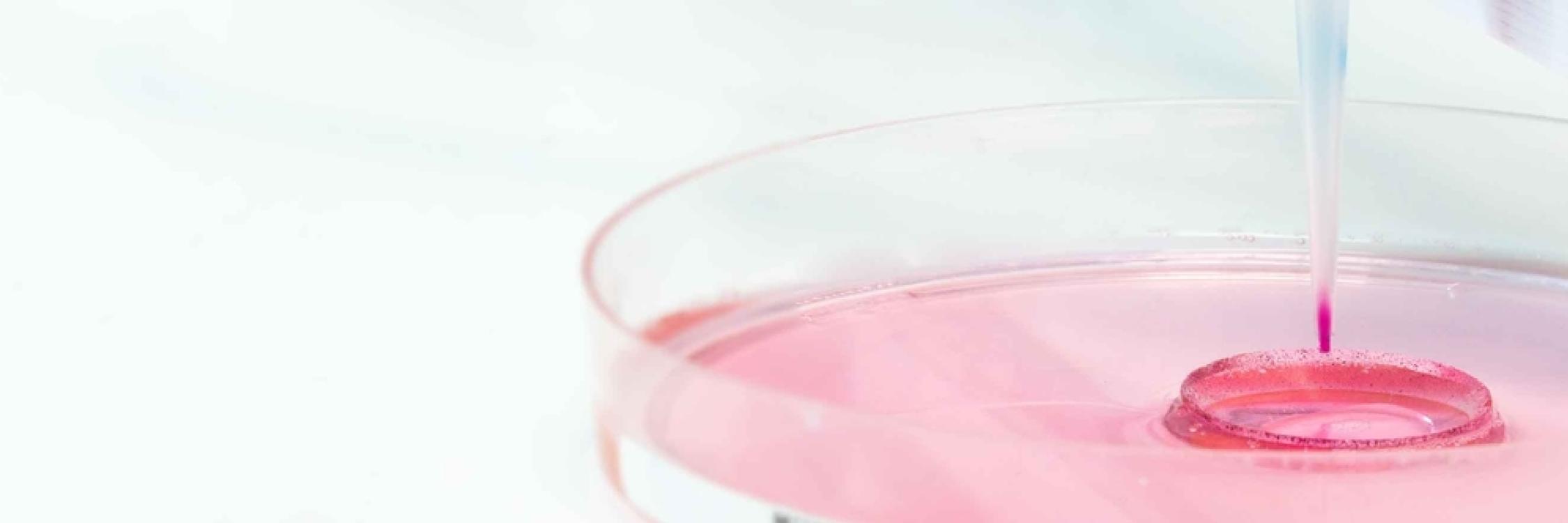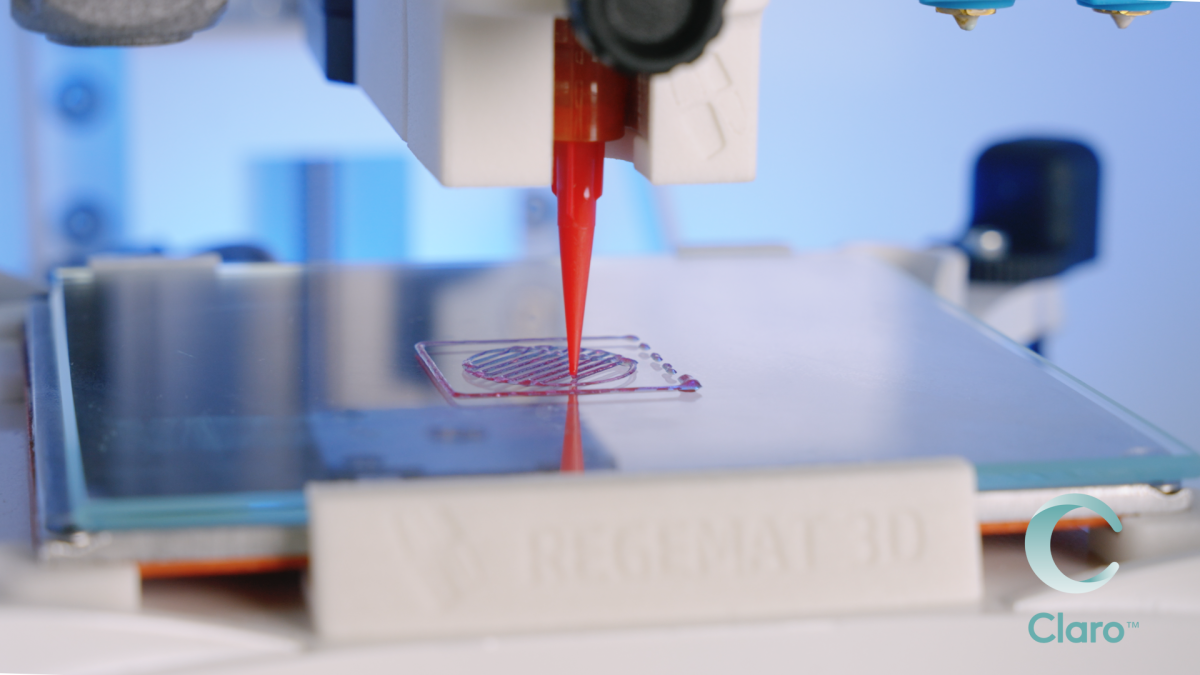
Tissue engineering: the ultimate solution to regenerate human tissue
Restoring What's Lost: Tissue Engineering for a Brighter Future
Human tissue loss can occur at any point in our lives due to various reasons such as vascular diseases, sudden trauma, or cancer. Vascular diseases encompass conditions like diabetes, peripheral arterial disease (PAD), and blood clots, which can impede blood flow to limbs and result in tissue damage, leading to poor healing and eventual amputation. Trauma is another frequent cause of tissue loss, affecting around 45% of amputees due to accidents or injuries. Additionally, cancer can cause tissue loss if bone or cartilage tumors are unresponsive to treatment, resulting in the removal of the affected limb (1). Tissue engineering offers a solution by repairing or replacing damaged or lost tissue, such as bone, cartilage, blood vessels, skin, bladder, or muscle.
The crucial role of scaffolds in tissue engineering
Scaffolds play a crucial role in tissue engineering, as they facilitate cell interactions and promote the formation of new functional tissues for medical purposes. Essentially, tissue engineering involves seeding cells into these structures to support the growth of three-dimensional tissues with the necessary mechanical and structural properties.
Having a good scaffold is critical for successful tissue engineering because it provides a framework to support the growth and organization of cells and tissues. A scaffold serves as a temporary extracellular matrix (ECM) that mimics the structure and composition of the natural ECM in the body. The scaffold must be designed to support the attachment, proliferation, and differentiation of cells while providing a suitable microenvironment for tissue development. The scaffold also needs to have mechanical properties that match those of the surrounding tissues to avoid any adverse reactions, such as inflammation or rejection, by the host tissue. Additionally, a good scaffold should be biodegradable or bioresorbable to enable the replacement of the scaffold by newly formed tissue over time. By providing an appropriate framework for tissue growth, a well-designed scaffold can help to optimize the formation of new functional tissues for medical purposes (2).

Claro™ GelMA – the ideal scaffold for tissue engineering
GelMA is a modified form of gelatin, which is derived from collagen, a significant component of the ECM. The capacity of cells to attach to GelMA hydrogels is due to the presence of amino acid sequences that are similar to those found in the extracellular matrix (ECM) of natural tissues, creating a supportive microenvironment for cell attachment and proliferation.
Claro GelMA is utilized as a bio-ink in extrusion-based bioprinting and outperforms regular GelMA products in terms of its ability to resist clogging and retain shape after extrusion. Additionally, it maintains the biocompatibility and gel strength of the gelatin matrix.
The properties of Claro GelMA can be fine-tuned by varying the concentration of GelMA and the crosslinking kinetics. Crosslinking of Claro GelMA can be accomplished by exposure to either UV or visible light, depending on the specific photo-initiator used in the formula. This permits the hydrogel to simulate the properties of natural tissues, such as stiffness and porosity, which are critical for supporting cell attachment, proliferation, and differentiation. Claro GelMA is biocompatible, meaning it does not harm living tissue, and can be degraded by enzymes in the body over time, allowing for the growth and replacement of new tissue.
Source:
-
Hanger Clinic. (n.d.). Limb loss and limb difference: Facts, statistics & resources. Retrieved April 6, 2023, from https://hangerclinic.com/blog/prosthetics/limb-loss-and-limb-difference-facts-statistics-resources/
-
O'Brien, F. J. (2011). Biomaterials & scaffolds for tissue engineering. Materials Today, 14(3), 88-95. https://doi.org/10.1016/S1369-7021(11)70058-X